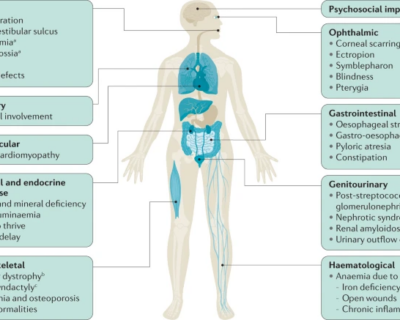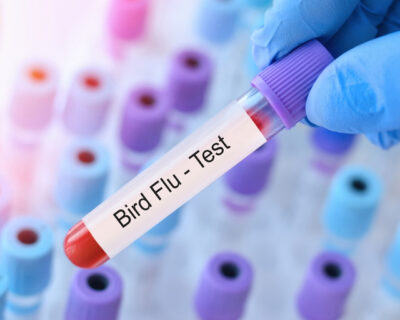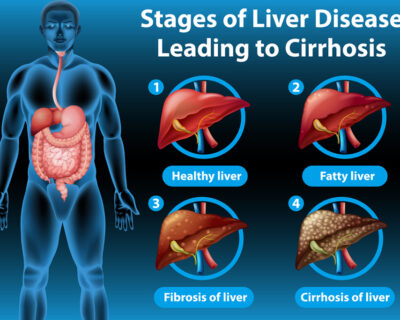
Harmful chemicals that aren’t listed as ingredients in e-cigarettes could be present.
- According to researchers, e-cigarette aerosols could include approximately 2,000 potentially hazardous compounds.
- These substances, according to experts, may increase the health hazards linked with vaping.
- They point out that e-cigarette ingredients aren’t strictly regulated, and that some producers may be unaware of what’s in their goods.
Thousands of unidentified chemicals are possibly being ingested
by users of e-cigarettes and other vaping devices, according to a recent study. This comes at a time when people are more concerned than ever about what they put in their bodies.
According to a study published last week in the journal Chemical Research in
Toxicology that looked at the aerosols produced by the devices, at least six of the almost 2,000 compounds identified were possibly dangerous.
Even though the flavors were not coffee or chocolate,
the researchers discovered industrial components and caffeine among the compounds.
According to researchers, the items also created three industrial chemicals, a pesticide
, and two flavorings, that have been connected to possible harmful effects and respiratory discomfort.
In a press release, Carsten Prasse, Ph.D., MSc, a study co-author and an assistant professor of environmental health and engineering at Johns Hopkins Whiting School of Engineering in Maryland, said,
“More and more young people are using these e-cigarettes, and they need to know what they’re being exposed to.”
“E-cigarette aerosols contain other absolutely uncharacterized compounds that may have health hazards that we aren’t aware of,”
Dr. Prasse explained.
Even though they are frequently marketed as being safer than tobacco cigarettes,
research has demonstrated that e-cigarettes can harm the heart and lungs.
Prasse’s team attempted to identify all of the chemicals in the aerosols,
unlike prior research that sought evidence of chemicals contained in cigarettes.
Four popular products were put to the test: Juul, Blu, Mi-Salt, and Vuse.
A close examination of the substances
The researchers discovered hydrocarbon-like chemicals, which are generally associated with burning but aren’t formed by vaping,
according to the researchers.
The researchers pointed out that condensed hydrocarbons produced by smoking are harmful to cigarettes.
According to Dr. Albert Rizzo, FACP, chief medical officer of the American Lung Association,
it’s likely that manufacturers aren’t aware of all the chemicals in their goods.
“Not only is it plausible, but it’s very likely,” Rizzo remarked. “Many corporations purchase liquid from other industries and then add chemicals — flavorsflavorsflavors — before selling it to the general public. Furthermore, chemical reactions can occur as a result of the chemicals mixing as well as the heating of the liquid by the battery, resulting in additional reactions and increased toxicity.”
The fluids could be essential to the unknown components, according to Dr. Robert Goldberg, a pulmonologist at Providence Mission Hospital in Southern California.
“Studies continue to indicate that smoking e-cigarettes can cause severe lung harm because the liquid in vaping and e-cigarette devices contains other chemicals and substances,”
Goldberg explained. “The issue with liquid and e-cigarette aerosols,
on the other hand, is that there may be health hazards linked with compounds that we are still learning about.”
“Plus, the chemicals present in e-cigarette liquids are not yet tightly controlled in some cases,” he added.
Laws governing ingredients
E-cigarette makers aren’t required to declare all of their chemicals on product labels,
according to Gabriel Nunez, a lab technician at Consumer’s Health Report, which examines the safety of health supplements.
“They are only required to disclose information to the FDA [Food and Drug Administration] about the potential harm and risk of the substances utilized to make their products,
” Nunez explained. “The FDA considers many of the hazardous substances, such as artificial flavoring,
to be safe. When a substance is cooked to a given temperature, no testing is required to confirm its safety.”
Nunez explained, “This unregulated region of formulation allows the user to employ various substances that become dangerous and active when heated and inhaled.
” “Keep in mind that the FDA’s list of safe components was established long before e-cigarettes existed. As a result of this Manufacturers profit from the use of numerous components that become hazardous when heated,
such as various hydrocarbon compounds.”
People who are in close proximity to someone who is vaping are likewise at risk.
“The surgeon general has stated unequivocally that secondhand e-cigarette emissions are dangerous to inhale,”
Rizzo added. “While much remains to be known about the long-term health effects of these products,
the American Lung Association is deeply concerned by the emerging research about e-cigarettes’ impact on the lungs.”
https://www.healthline.com/health-news/e-cigarettes-serious-heart-problems#What-the-research-showed






